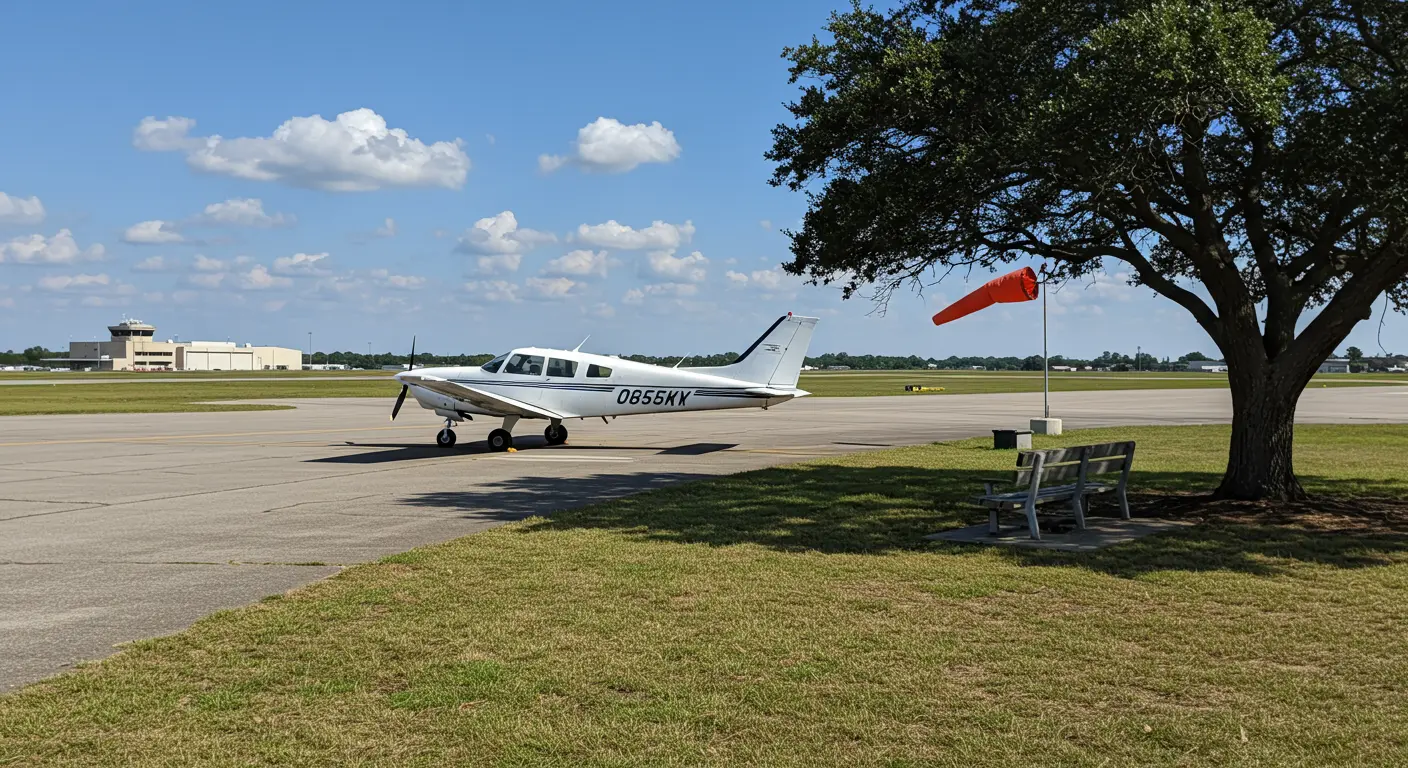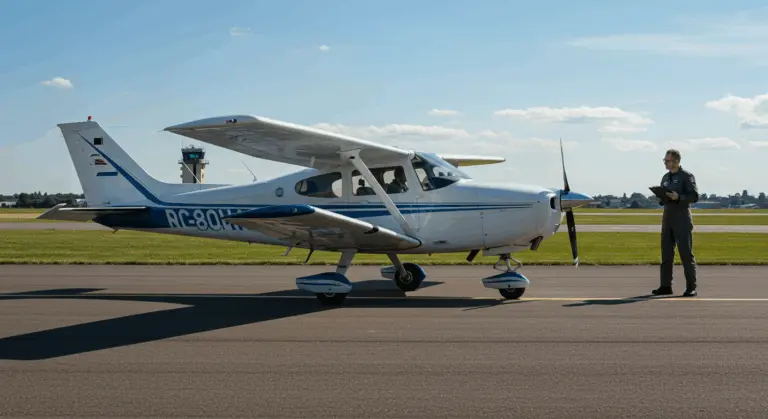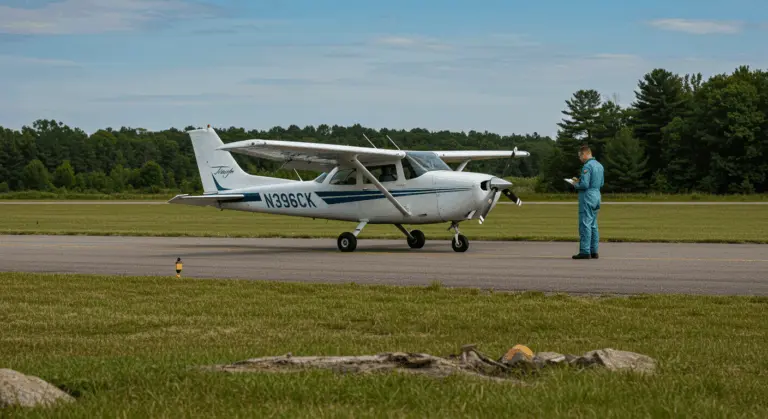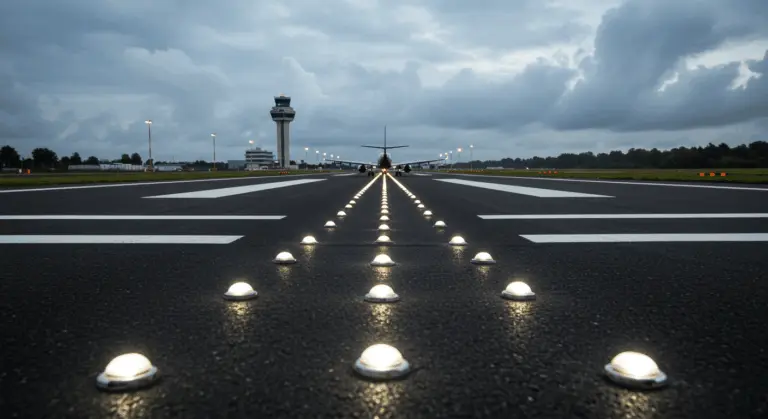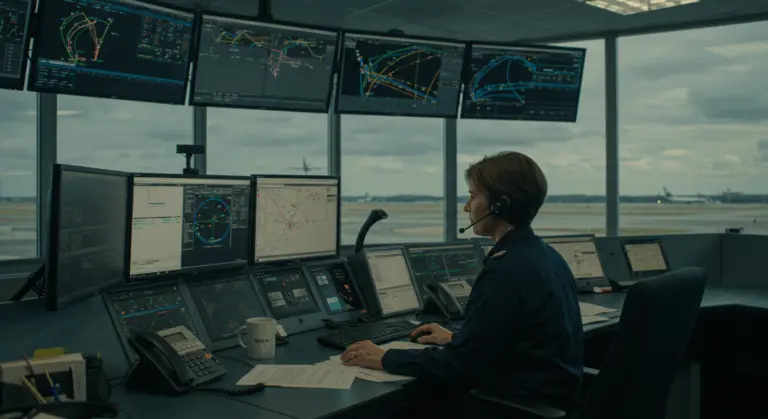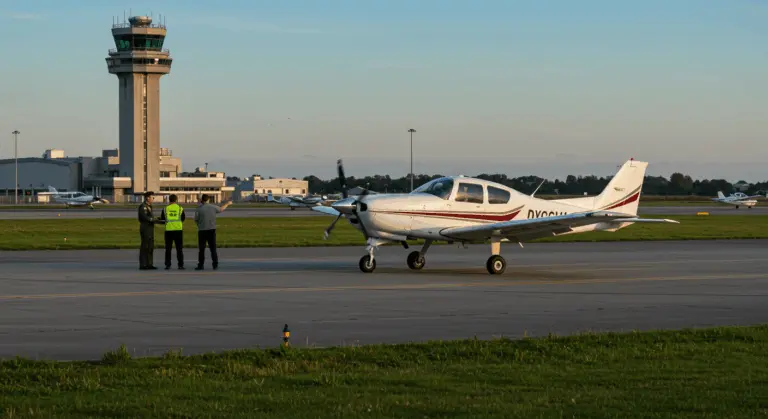Graveyard Spiral – Understanding the Aviation Phenomenon
What Is a Graveyard Spiral?
A graveyard spiral—also known as a death spiral—stands as one of aviation’s most dangerous hazards: a dangerous flight condition where a disoriented pilot unknowingly enters a steep, descending turn. Left uncorrected, this silent killer can lead to catastrophic structural failure or fatal ground impact.
This treacherous condition typically develops when pilots, particularly those without solid instrument flying skills, lose visual reference to the horizon. Night flying compounds the risk. Poor weather—fog, clouds, or precipitation—transforms familiar skies into disorienting voids.
Why is this condition so dangerous? It strikes without warning, developing below the pilot’s conscious awareness. Relying on misleading sensory cues instead of instruments, pilots may feel confident they’re flying straight and level while their aircraft banks and descends relentlessly. By the time they recognize the danger, corrective action often comes too late.
The Role of Spatial Disorientation
Spatial disorientation is the main cause behind graveyard spirals—a pilot’s inability to correctly perceive their aircraft’s position, attitude, and movement. This confusion leads to critical misjudgments of bank angle and pitch, creating a deadly disconnect between reality and perception.
The root cause? A fundamental conflict between visual input and the vestibular system housed in our inner ear. When visibility deteriorates, our body’s senses—evolved for terrestrial navigation, not flight—generate powerful illusions that can completely override instrument readings.
These illusions feel absolutely convincing. For instance, a pilot in a gradual bank may feel they are flying level and unconsciously steepen the turn, tightening the spiral. Studies show a stark reality: without proper instrument training, pilots who lose visual references have an average survival time of merely 178 seconds.
Understanding the Vestibular System
The vestibular system located in our inner ear is essential in a pilot’s sense of orientation. Working in tandem with visual input, it detects movement and maintains balance. While remarkably effective on the ground, flight’s unique forces can transform this system into a source of dangerously misleading information.
The system contains three fluid-filled semicircular canals designed to detect rotation, alongside otolith organs that sense linear movement and tilt.
The problem develops when: during a gradual, constant-rate turn lasting over 20 seconds, the fluid within the semicircular canals stabilizes. The sensation of turning fades completely. Pilots then feel they’re flying straight—even while banked significantly. React to this false sensation instead of trusting instruments? They may steepen the bank and descent, spiraling toward disaster. This is why pilots train extensively to trust instruments over their senses.
Recovery Techniques from a Graveyard Spiral
Recovering from a graveyard spiral demands overcoming powerful sensory illusions through complete trust in flight instruments. Pilots must follow a specific sequence to break the spiral’s dangerous pattern.
-
Recognize the situation: Trust instruments over bodily sensations. The attitude indicator shows the bank and descent.
-
Level the wings: Use smooth aileron input to roll the wings level, which stops the turn.
-
Adjust power and pitch: Reduce engine power to prevent excessive airspeed and gently ease the nose up to stop the descent.
-
Monitor vertical speed: Ensure a smooth return to level flight, avoiding a secondary stall or overstressing the aircraft.
Recovery actions must remain smooth and deliberate—overcorrection is just as risky. Unlike a spin, a spiral isn’t a stalled condition, so recovery focuses on roll correction rather than the P.A.R.E. procedure. The greatest challenge? Overcoming those powerful vestibular illusions that make correct actions feel fundamentally wrong.
Pilot Training and Prevention Strategies
Preventing graveyard spirals requires thorough training that addresses both technical skills and human factors. Specific methods help pilots maintain control when visual references vanish into darkness or weather.
Instrument proficiency is the foundation of prevention. Pilots need to become skilled at flying solely by instrument reference through regular, deliberate practice. This includes simulated scenarios designed to recognize spatial disorientation and rehearse unusual attitude recoveries until they become second nature.
Proper instrument scanning is just as important. A systematic cross-check of flight instruments helps pilots maintain situational awareness and develop unwavering trust in their instruments over misleading bodily sensations.
Thorough flight planning is another key prevention step. Pilots should carefully evaluate weather conditions, personal experience levels, and aircraft capabilities. The golden rule? Avoid flying in conditions that exceed your proficiency—no matter how tempting the destination.
-
Maintaining proper aircraft trim to avoid uncoordinated flight.
-
Using the autopilot in instrument conditions when available and appropriate.
-
Avoiding sudden or excessive control inputs.
-
Applying Crew Resource Management (CRM) in multi-pilot operations.
-
Understanding personal limitations and flying with adequate safety margins.
Distinguishing Between Spiral and Spin
Though often confused, a graveyard spiral and an aircraft spin are completely different aerodynamic conditions requiring distinct recovery techniques. Understanding these critical differences can mean the difference between life and death when applying emergency procedures.
The primary distinction is the aircraft’s aerodynamic condition. During a spin, the aircraft is stalled—its wings have exceeded their critical angle of attack and no longer generate sufficient lift. This results in low airspeed and autorotation as the aircraft descends.
A graveyard spiral is completely different. The wings continue generating lift—no stall exists. Instead, the aircraft descends in a tightening bank with rapidly increasing airspeed that can exceed structural limits. This high and rising airspeed is the main identifying sign of a spiral.
The visual appearance is quite different. A spin typically involves a relatively steep nose-down attitude with a distinct rotation around the vertical axis. A graveyard spiral often appears deceptively benign initially—a moderate nose-down attitude that gradually steepens as the spiral becomes more severe.
These fundamental differences require completely different recovery techniques. A spin requires stall recovery procedures (P.A.R.E.), while a spiral demands leveling the wings and adjusting pitch. Apply the wrong procedure? The results can be fatal, making proper identification absolutely critical.
Conclusion: Ensuring Flight Safety
The graveyard spiral remains one of aviation’s most dangerous threats—a silent threat born from the fundamental conflict between human senses and flight dynamics in low visibility conditions.
History bears witness to the tragic consequences of spatial disorientation and resulting graveyard spirals. Perhaps the most widely known example remains the 1999 crash that claimed John F. Kennedy Jr. and his passengers. The NTSB investigation suggested that Kennedy, flying over water at night with severely limited visual references, likely experienced spatial disorientation leading to a graveyard spiral. This tragedy serves as a stark reminder that even experienced pilots can fall victim to this phenomenon.
Prevention needs a comprehensive strategy built on three foundations: rigorous instrument training, disciplined trust in instruments over senses, and conservative flight planning that respects personal limitations.
Technological advances have greatly improved safety improvements. Modern glass cockpit displays provide more intuitive attitude information, while sophisticated autopilot systems can maintain aircraft control during challenging instrument conditions. However, these technologies serve as supplements to—never replacements for—solid pilot skills and sound judgment.
The aviation community works to solve this problem with enhanced training programs, comprehensive awareness initiatives, and advanced research into pilot psychology. By understanding the underlying physiology and dynamics of spatial disorientation, pilots can better prepare to confront this danger. The result? Safer skies for everyone.

